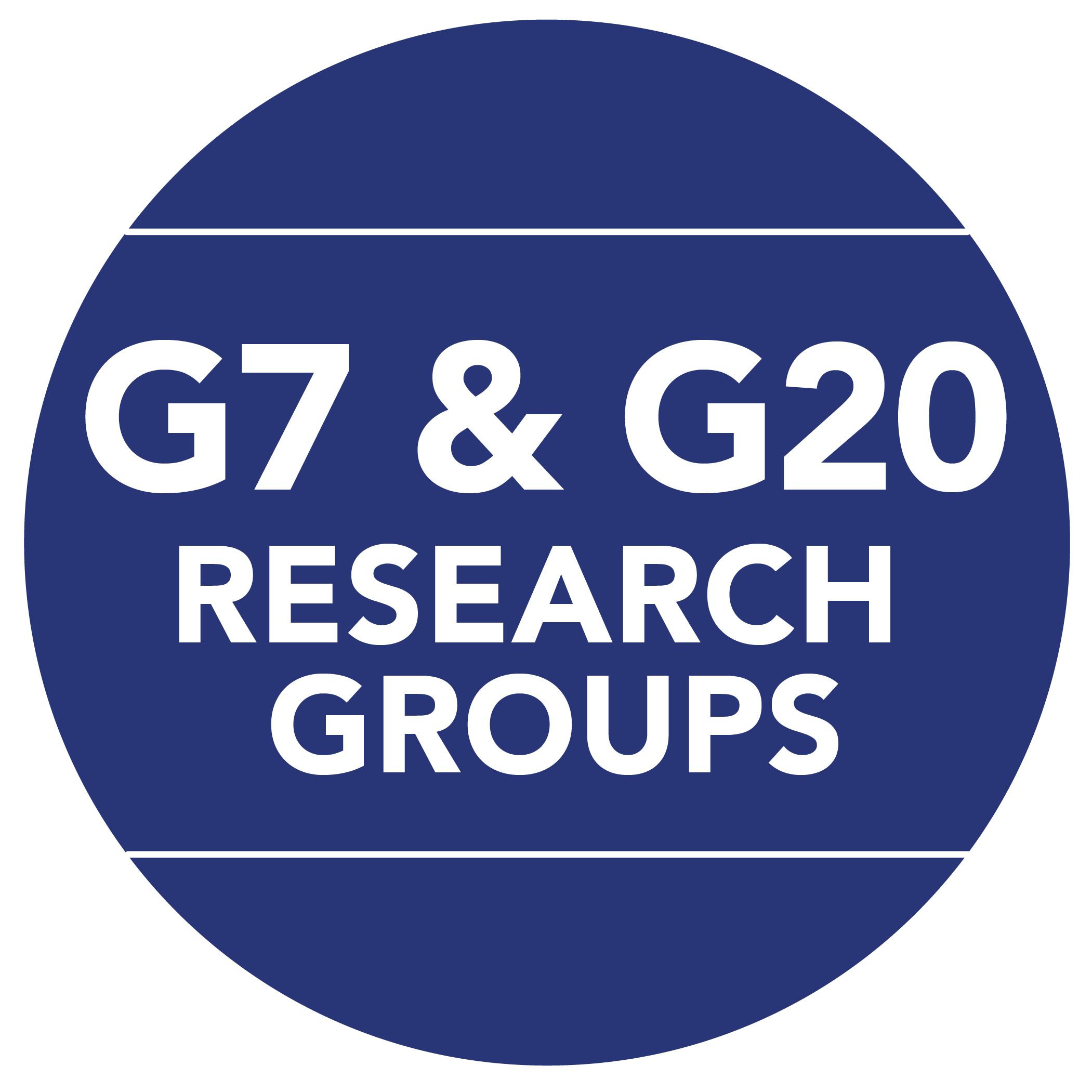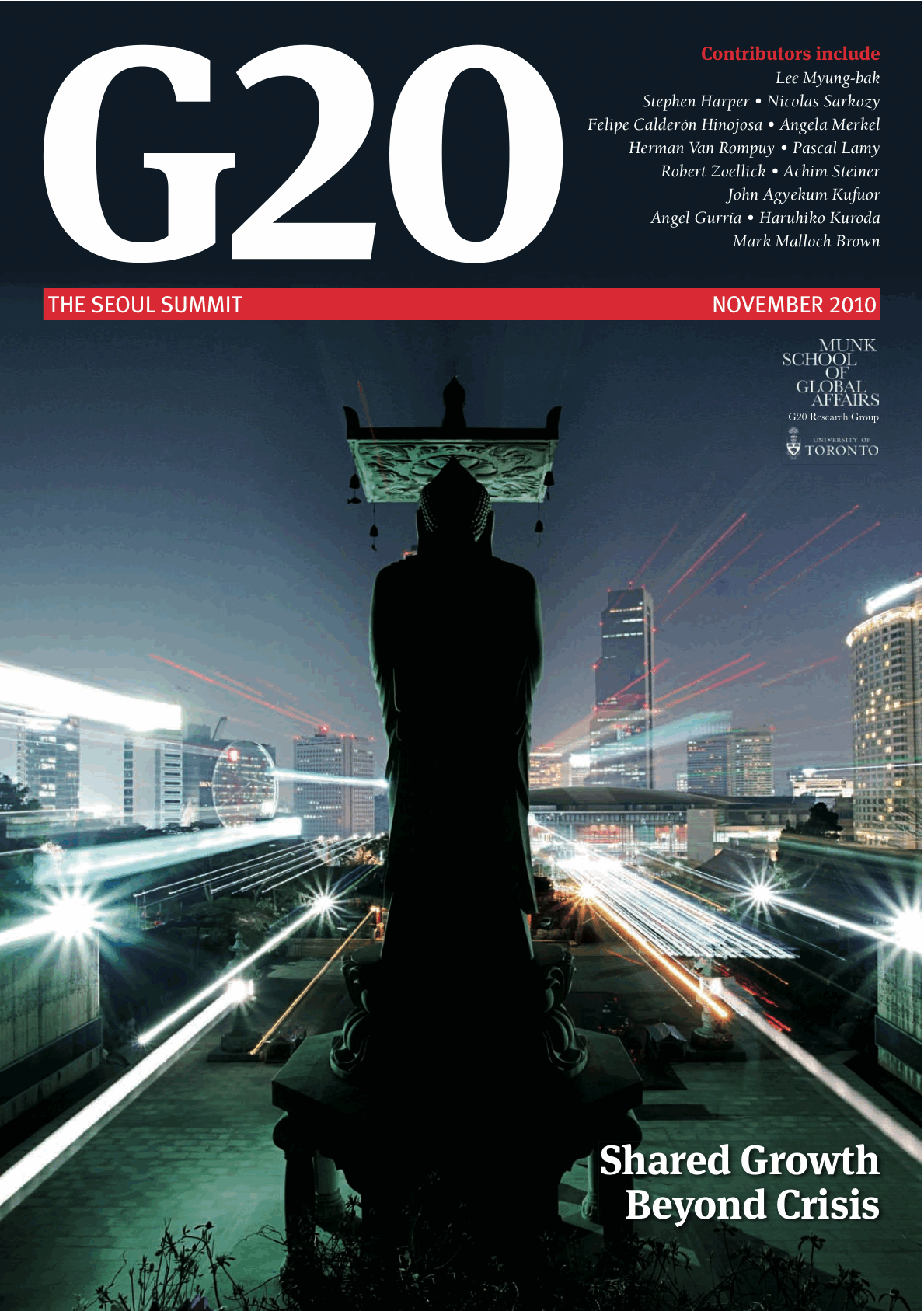

 |
 |
|

By Haruhiko Kuroda, president, Asian Development Bank
The ADB is committed to a vision of an Asian and Pacific region free of poverty, focusing on its Strategy 2020 development agenda
To download a low-resolution pdf, click here. (Be patient! It's 50 MB.)
Asia is leading the global recovery. Helped by decisive and unprecedented fiscal and monetary stimulus policies, and supported by improving global prospects, Asia's growth is projected to reach .9 per cent in 2010, well above 2009's 5.2 per cent growth rate.But the recovery remains fragile. The region faces the challenge of maintaining momentum amidst the planned withdrawal of stimulus and slow rise of external demand. An inappropriate pace in unwinding stimulus or a bad policy mix could derail Asia’s recovery. In addition, any disruption in advanced economies may have ripple effects in the region. Increasing inflation and interest rates may have economic and social destabilising effects. They could also attract large, potentially volatile capital flows that could further fuel inflation or asset price bubbles.
The recent global financial crisis has complicated the already difficult development landscape in Asia. Despite significant progress in poverty reduction, the region remains home to the largest number of poor people in the world. And in a region where 900 million people live in extreme poverty, any economic slowdown is a serious concern. While Asia handled the crisis much better than feared, the fallout has prevented tens of millions of people from escaping poverty. The risk of deepening poverty remains, especially for smaller and poorer economies in Asia still struggling with the negative impacts of the crisis.
Even before the crisis, there were large development gaps across and within the countries of Asia and the Pacific. The multidimensional poverty index (MPI) shows the depth of deprivation, beyond income poverty, in three dimensions: health, education and standards of living (see Figure 2). According to the MPI, more than two-thirds of the world’s poor live in Asia. South Asia accounts for more than half of the world’s poor — nearly double the total poor population in sub-Saharan Africa. The East Asia and Pacific sub-region is the world’s third poorest sub-region. Further disparities exist within countries. Without steps to reverse these disparities, the risks they pose — including social instability — will continue to grow.
Profound demographic changes are also occurring, with the number and proportion of the elderly rapidly rising. Unprecedented urban growth severely tests the planning and development capabilities of the region’s public service delivery systems. Destruction of natural resources, including water resources, and environmental degradation compromise the region’s prospects for strong economic growth.
The Asian Development Bank (ADB) is committed to a vision of an Asia and Pacific region free of poverty. In 2008, the ADB adopted Strategy 2020, which focuses on three development agendas: inclusive economic growth, environmentally sustainable growth and regional integration. The strategy remains as relevant for ADB and the region today as it was before the crisis in 2008.
Asia now needs to turn the post-crisis recovery into sustained economic growth. Economic growth is the most effective way to end widespread poverty. In the past decade alone it has lifted hundreds of millions of Asians out of poverty. Asia’s experience has shown that sustained economic growth requires significant investments of human capital and infrastructure and public policies that support the private sector, trade and foreign direct investment.
In the wake of the crisis, countries must also rebalance the sources of their growth to reduce vulnerability to external shocks. This involves stimulating regional demand through investment, consumption and intra-regional trade; ensuring that the region’s savings are optimally invested; and promoting policies to encourage domestic consumption and investment. Promoting service industries and small and medium-sized enterprises that cater to domestic consumers will boost the relative importance of production for domestic demand.
The ADB will support the region by financing investments in priority infrastructure facilities, human resources and the financial sector.
Financing infrastructure has long been neglected. The region needs about $8 trillion to support basic infrastructure needs in the coming decade (see Figure 3). Investment in infrastructure will not only boost productivity, but also help fight poverty by improving access to basic services. It will also stimulate domestic demand.
Given the huge financing gap, the ADB especially emphasises mobilising private sector resources. It is helping governments create an enabling environment for private investment, including those related to public-private partnerships. It is assisting them in further strengthening the financial sector, improving regulations and oversight, and making these institutions more inclusive.
Protecting and expanding public expenditures in the social sectors — particularly in education, health, water supply and sanitation — will help limit the adverse impact of the crisis on the poor and vulnerable. It creates human capital for sustained and inclusive economic growth. Building appropriate, effective and sustainable social safety nets is equally important. These measures will also help in the rebalancing of economies toward domestic demand.
The economic crisis offers an opportunity to start the necessary transition toward building low-carbon and climate-resilient economies, leading to growth that is more resource efficient, less carbon intensive and more environmentally sustainable, and provides more energy and food security. The region has the greatest number of people who are vulnerable to climate change and is the fastest growing source of greenhouse gas emissions. Climate change adversely affects livelihoods, water, food and fuel, particularly for the poor. If current consumption and production patterns remain highly carbon intensive, the region’s emissions will be responsible for 45 per cent of global energy-related emissions by 2030.
The ADB is thus helping its developing country members act more quickly and ambitiously in response to the climate challenge. It is expanding its support for clean energy — including improving energy efficiency and developing renewable energy supplies. The Asia Solar Energy Initiative seeks opportunities to harness sustainable solar energy sources and develop projects that will generate 3,000 megawatts of solar energy by 2013. The ADB’s clean energy commitments are expanding from the current $1 billion annual spending target to at least $2 billion per year by 2013. The ADB is also channelling concessionary climate financing to its members. Climate Investment Funds were recently established as a collaborative effort among multilateral development banks and developing countries to support low-carbon and climate-resilient development through scaled-up financing.
The ADB will continue to work closely with international and bilateral partners, governments, the private sector and civil society. The world has a high stake in what Asia does in addressing the causes and consequences of climate change. With the most populous and dynamic economies in the world, this region is crucial to stabilising greenhouse gas concentrations at safe levels, while also driving global growth. And with the world’s largest population at risk from the impacts of climate change, Asian leadership is critical.
Regional cooperation and integration offer vast potential for accelerating growth and reducing poverty. However, Asia has yet to fully realise this potential. The ADB is increasing its support for greater physical connectivity, for expanding trade and investment, for developing financial systems and macroeconomic and financial stability, and for improving environmental, health and social conditions.
With low external demand for Asian exports since the global crisis began, deepening integration in Asia is critical to sustain its recovery in the short run and to make economic growth more resilient to external shocks in the long run. Strengthening intra-regional trade in finished goods can help reduce overdependence on exports to industrial countries. By lifting barriers to trade and competition, removing obstacles to intra-regional trade in services and developing deeper and wider regional financial markets, Asian countries can increase their resilience to crises.
Several Asian countries, including Korea, host of the G20 Seoul Summit, have transformed themselves from developing to developed economies within one generation. Their experiences hold important lessons. Large investments in critical infrastructure and human capital together with private sector-friendly public policies are central to this story. The G20 can help developing countries by disseminating these development experiences and promoting structures and processes that facilitate their replication.
As Asia continues along this path, the region will make increasingly valuable contributions to global stability and global prosperity. In partnership with each other and with the rest of the world, the developing Asian countries will rise to the challenges to help create a better foundation — and a better world — for all.
|
This Information System is provided by the University of Toronto Library |
All contents copyright © 2024. University of Toronto unless otherwise stated. All rights reserved.